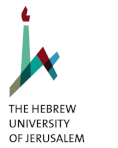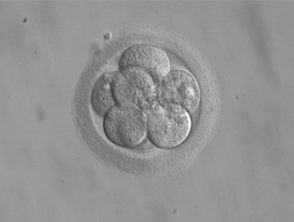by Sondra Turjeman
With Israelis headed to the polls for a third time this year, this is the perfect time to discuss how data and technology have come to influence the political domain. Here we try to break down a few of the more common tools relevant to elections worldwide.
Data and the Israeli Elections
Targeted Ads: These ads are based on data from millions of consumers/users (e.g. from social media). Data for all users is pooled and scanned for correlative relationships between diverse, often esoteric factors – e.g. shopping habits, profession, age, hobbies, diet, and sex – and political leanings. Elections example: Seeing targeted ads on a social media platform regarding a specific, niche issue important to you (e.g. affordable housing in Nachla’ot, Jerusalem) associated with a candidate you don’t normally support.
Deepfakes: These are videos and images that are manipulated or completely artificially generated by deep learning algorithms. A video of one person can be decomposed to a general outline of a face and body and then recompiled using characteristics of a target, thus allowing one to superimpose any face on an existing video. Self-correcting techniques are now being used to train algorithms, so the technology is constantly improving – particularly in generation of images from scratch. Elections example: Taking a radical or off-topic remark and superimposing a candidate’s face in place of the speaker, typically as a smear campaign (example).
Bots: Bots are software that can control social media accounts producing thousands of posts per day and can often conduct human-like conversations using keyword matching or advanced natural language processing (NLP) algorithms (like virtual assistants). Elections example: Control of a network of fake user profiles making automatically generated posts and artificially increasing candidate visibility or sullying opposition (example). Alternatively, helping voters find voting stations (example).
Polling: As landlines fall out of fashion and caller id is extremely common, previous methods of polling are no longer effective. Today, web-based polls, SMS polls, and even algorithms that extract political leanings from social media profiles are used to try to predict election outcomes. These methods can lead to biases (e.g. demographic of website users) that must be corrected using advanced modeling and weighting. With all of the corrections and complex modeling, predictions become a bit of a black box. Elections example: In the 2015 elections in Israel, there is evidence of intentional inaccurate predictions to influence voter turnout. For this reason, there is a law disallowing polling in the four days prior to elections (example).
Results hacking: Voting in many countries has become more and more digitized, and some countries have made attempts at internet voting rather than coming to physical voting stations. Elections example: Hacking attempts can compromise results of votes transferred via the internet, and bugs in vote counting can lead to false results (example). It’s a good thing Israel still uses the paper slip method!
CIDR wishes you an optimistic election day and encourages you to fulfill your democratic right.






